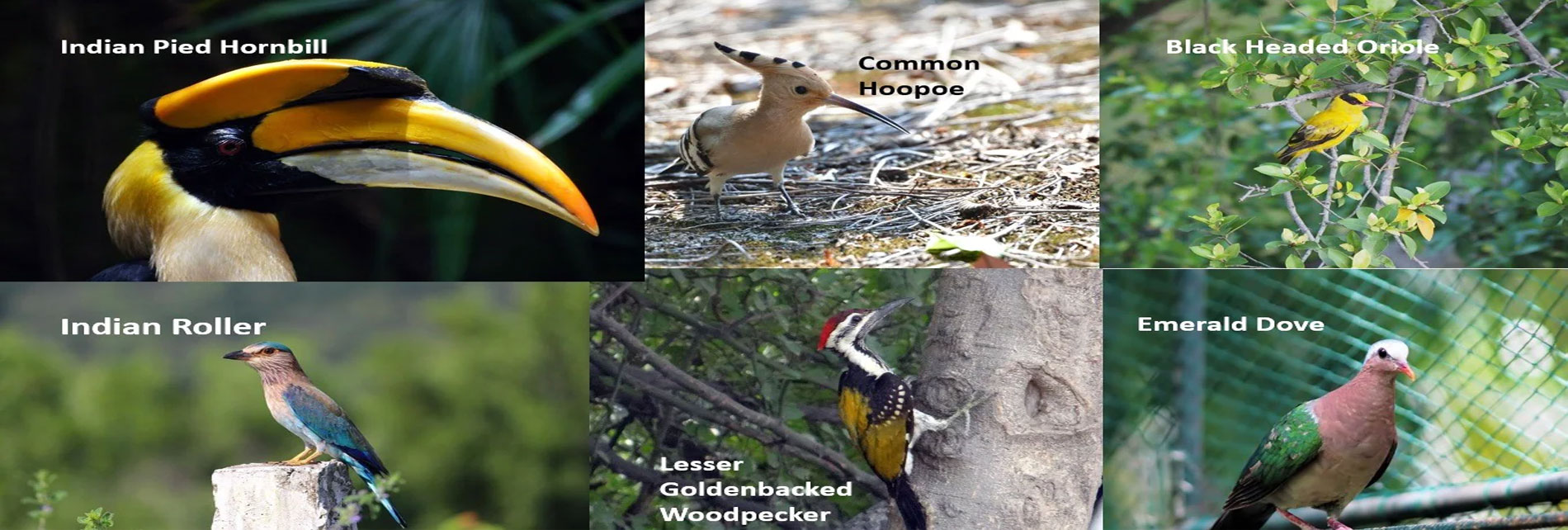
 A bird watching tour in Jim Corbett National Park is a fantastic way to explore the diverse avian species that call the park home. Here's what you can expect on a bird watching tour in Jim Corbett:
A bird watching tour in Jim Corbett National Park is a fantastic way to explore the diverse avian species that call the park home. Here's what you can expect on a bird watching tour in Jim Corbett:
1. Experienced Guides: It is recommended to engage the services of an experienced birding guide or naturalist who is knowledgeable about the park's bird species and their habitats. These guides can help identify the birds, share interesting facts about their behavior and migration patterns, and enhance your overall birding experience.
2. Birding Zones: Jim Corbett National Park has multiple zones that are known for their rich birdlife. Bijrani, Dhikala, Jhirna, and Durga Devi are some of the popular zones for bird watching. Each zone offers a unique set of habitats, including rivers, forests, grasslands, and wetlands, attracting different bird species.
3. Bird Species: Jim Corbett National Park is home to over 500 bird species, making it a haven for bird watchers. You can spot a variety of resident and migratory birds, including the crested serpent eagle, great hornbill, red junglefowl, white-rumped shama, pallas's fish eagle, and many more. The park's diverse ecosystem provides ample opportunities to observe these beautiful feathered creatures in their natural habitat.
4. Birding Techniques: Your bird watching tour may involve a combination of techniques, including walking along nature trails, observation from designated bird hides, and patient waiting at water bodies or feeding spots. Binoculars and bird field guides are essential tools for identification, while keen observation and listening for calls and bird songs are key to spotting and identifying different bird species.
5. Timing: The best time for bird watching in Jim Corbett National Park is during the winter months (October to February) and early spring (March to April) when a large number of migratory birds visit the park. However, the park's resident bird population can be observed year-round, and each season offers unique birding opportunities.
6. Conservation and Ethics: It is important to follow ethical birding practices, respect the birds and their habitats, and avoid disturbing their natural behavior. Maintain a safe distance, do not approach nesting sites, and refrain from making loud noises that may disrupt their environment.
Remember to carry essentials such as a hat, sunscreen, insect repellent, comfortable walking shoes, water, and snacks during your bird watching tour. With its diverse avifauna and picturesque landscapes, a bird watching tour in Jim Corbett National Park promises an unforgettable experience for bird enthusiasts and nature lovers alike.Shop No.- 27, 1st Floor, Asthan Mall, Lakhanpur Road, Chungi, Ramnagar, Uttarakhand 244715
corbetttourandtravels@gmail.com
+91.7536814823
Mon-Sat: 08AM - 09PM
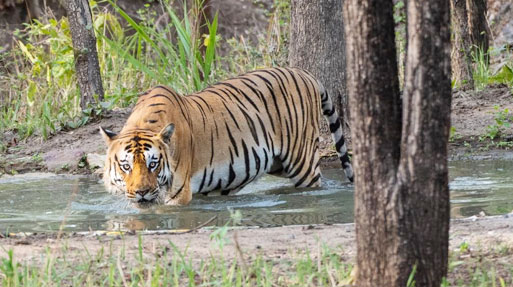
Bijrani zone is the main zone of Corbett which is closest to Ramnagar. Its entry gate is Amdanda. 30 jeeps go for jungle safari in morning and 30 jeeps in afternoon in Bijrani zone
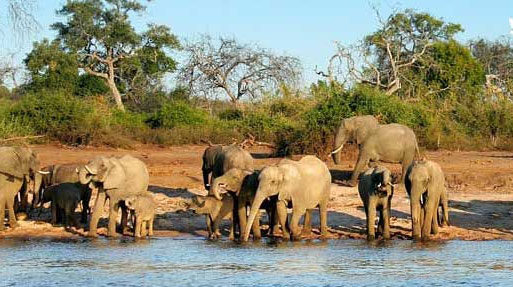
In Jhirna zone, 30 jeeps go for jungle safari in the morning and 30 jeeps in the afternoon, here the number of tigers and elephants is the most visible. It is 15 kms from Ramnagar

In Dhela zone, 15 jeeps go for jungle safari in the morning and 15 jeeps in the afternoon, here you can easily see wild animals in their homes. It is 13 kms from Ramnagar
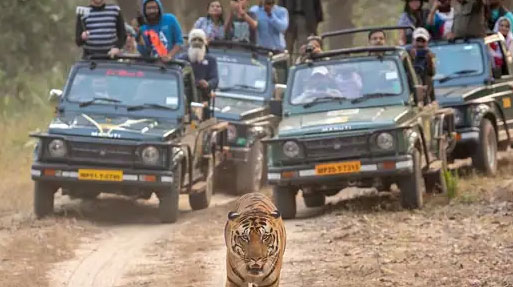
Garjiya Zone has 15 jeeps in the morning and 15 jeeps in the afternoon for jungle safari. Durga Devi Zone is the hill safari zone filled with wildlife beauty and adventure. It is 20 kms from Ramnagar.
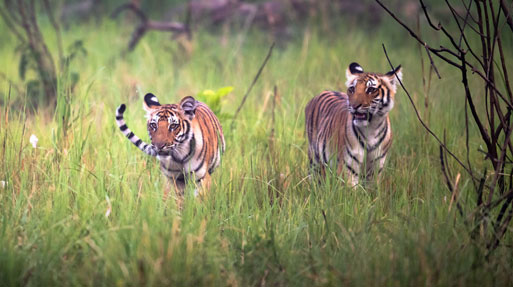
Durga Devi Zone has 30 jeeps in the morning and 30 jeeps in the afternoon for jungle safari. Garjia Tourist Zone is a very popular area of the spectacular. It is 15 kilometers from Ramnagar.

Fato zone is the newest zone of Corbett which was built in 2022. Its entry gate starts from Maldhan. It is at a distance of 16 km from Ramnagar, nowadays most of the tourists come here to visit.
Call Us